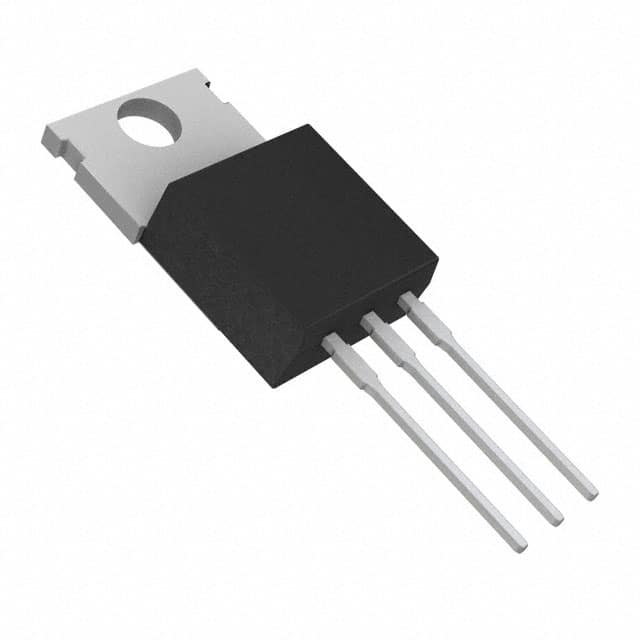NTP65N02R
Product Category: Power MOSFET
Basic Information Overview: - Category: Semiconductor - Use: Power switching applications - Characteristics: High voltage, low on-resistance, fast switching speed - Package: TO-220, D2PAK - Essence: Efficient power management - Packaging/Quantity: Typically available in reels of 1000 units
Specifications: - Voltage Rating: 60V - Current Rating: 65A - On-Resistance: 8.5mΩ - Gate Threshold Voltage (VGS(th)): 2-4V - Operating Temperature Range: -55°C to 175°C
Detailed Pin Configuration: The NTP65N02R typically has three pins: 1. Gate (G): Input for controlling the switching operation 2. Drain (D): Connects to the load and the power supply 3. Source (S): Connected to ground or the common reference point
Functional Features: - Low on-resistance for minimal power dissipation - Fast switching speed for efficient power management - High voltage rating for versatile applications
Advantages: - High efficiency in power switching applications - Suitable for high-frequency operations - Low power dissipation leading to reduced heat generation
Disadvantages: - Sensitive to static electricity and voltage spikes - Requires careful handling and protection during installation
Working Principles: The NTP65N02R operates based on the principle of field-effect transistors, where the gate voltage controls the flow of current between the drain and source terminals. When a sufficient voltage is applied to the gate, the MOSFET allows current to pass through, enabling power switching.
Detailed Application Field Plans: - Power supplies - Motor control - DC-DC converters - Inverters
Detailed and Complete Alternative Models: - IRF3205 - FDP8870 - STP80NF03L
This completes the English editing encyclopedia entry structure for NTP65N02R, providing comprehensive information about its product category, basic overview, specifications, pin configuration, functional features, advantages and disadvantages, working principles, application field plans, and alternative models.
Senaraikan 10 soalan dan jawapan biasa yang berkaitan dengan aplikasi NTP65N02R dalam penyelesaian teknikal
What is NTP65N02R?
- NTP65N02R is a power MOSFET transistor designed for use in various electronic applications, particularly in power management and switching circuits.
What are the key specifications of NTP65N02R?
- The NTP65N02R features a low on-resistance, high current capability, and low gate charge, making it suitable for high-efficiency power conversion applications.
In what technical solutions can NTP65N02R be used?
- NTP65N02R can be used in applications such as voltage regulators, motor control, DC-DC converters, and other power management systems.
What are the typical operating conditions for NTP65N02R?
- NTP65N02R operates within a specified voltage and current range, typically up to a certain temperature limit, which should be carefully considered in the design of the application.
How does NTP65N02R compare to similar components in the market?
- NTP65N02R offers competitive performance in terms of efficiency, thermal characteristics, and cost compared to other similar power MOSFETs available in the market.
Are there any application notes or reference designs available for using NTP65N02R?
- Yes, the manufacturer provides application notes and reference designs to assist engineers in implementing NTP65N02R in their technical solutions.
What are the recommended PCB layout considerations when using NTP65N02R?
- Proper PCB layout techniques, including thermal management and minimizing parasitic elements, are crucial for optimizing the performance and reliability of NTP65N02R in a given application.
Can NTP65N02R be used in automotive applications?
- Yes, NTP65N02R is suitable for automotive applications, provided that it meets the necessary automotive-grade qualifications and standards.
What are the typical failure modes associated with NTP65N02R?
- Common failure modes include overcurrent, overvoltage, and thermal stress, so proper protection and thermal management measures should be implemented in the application design.
Where can I find detailed technical documentation for NTP65N02R?
- Detailed technical documentation, including datasheets, application notes, and design resources, can be found on the manufacturer's website or through authorized distributors.


